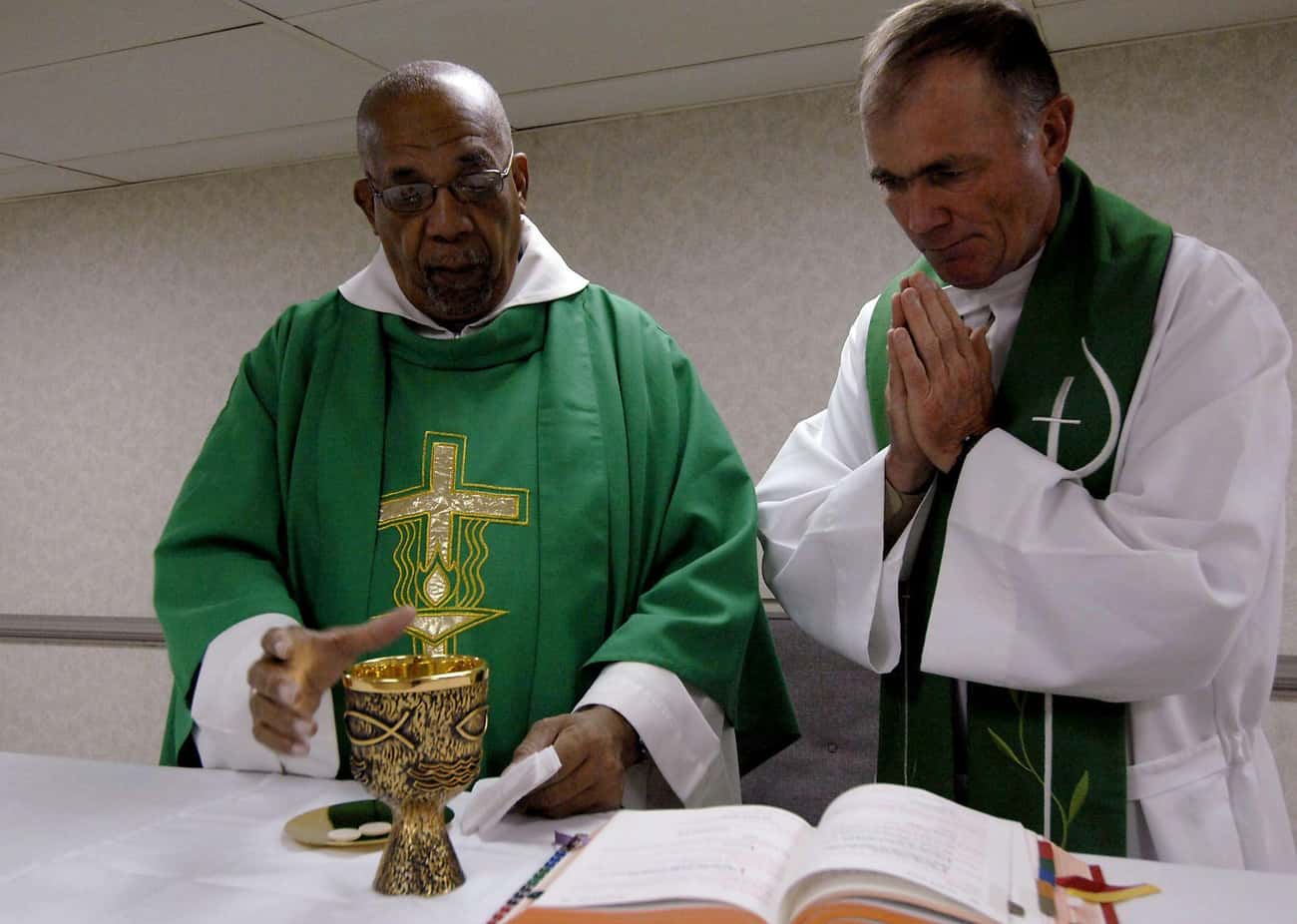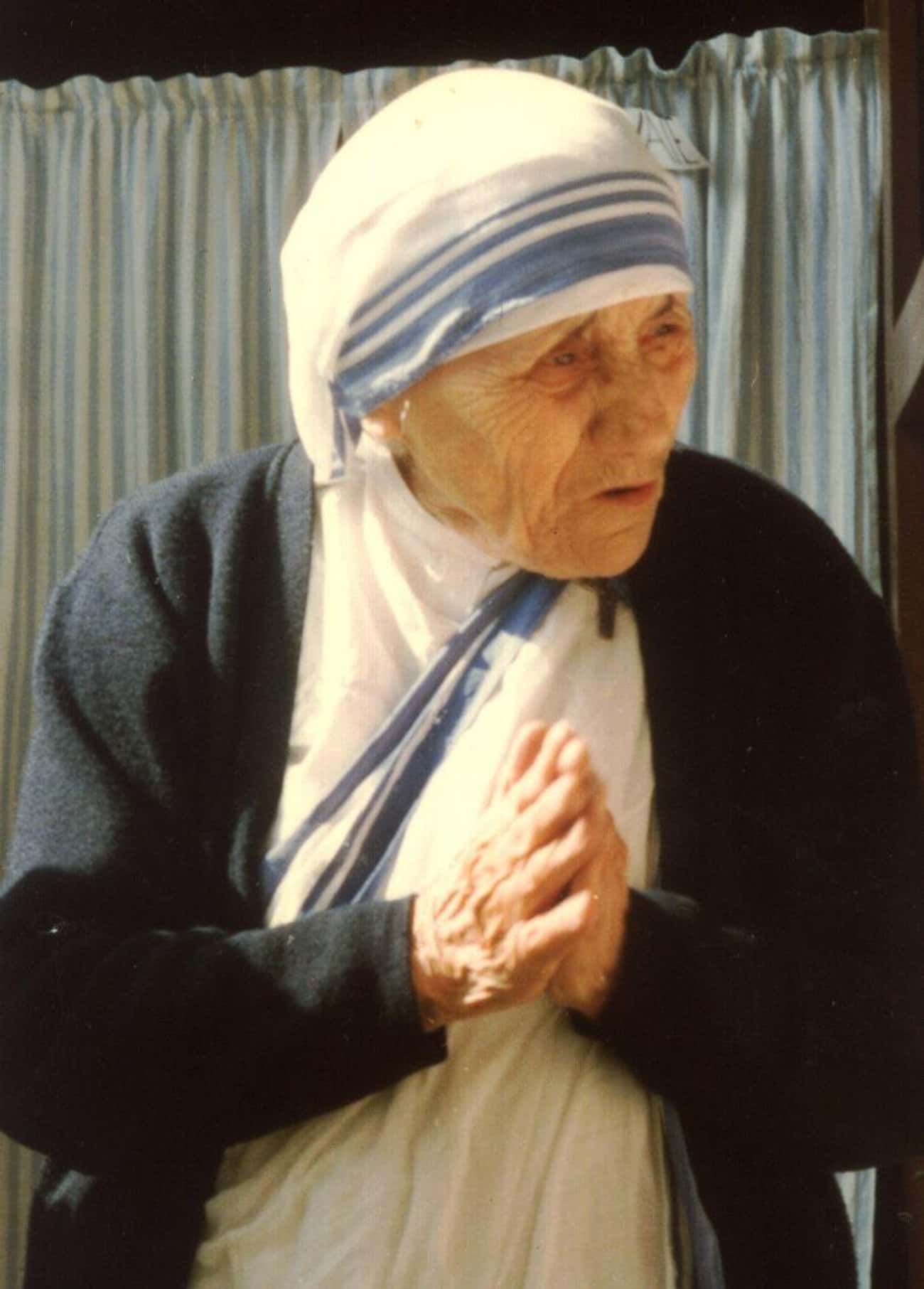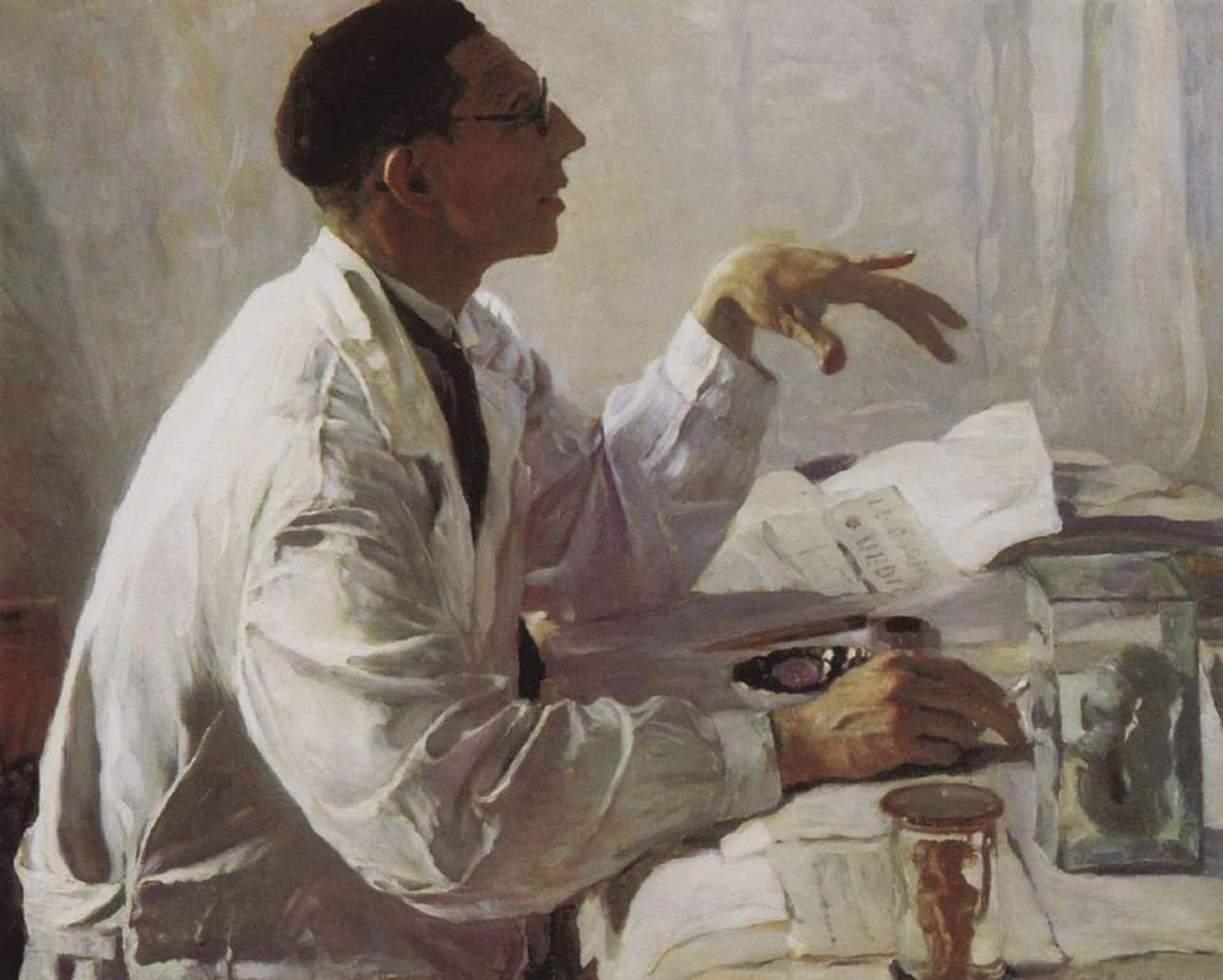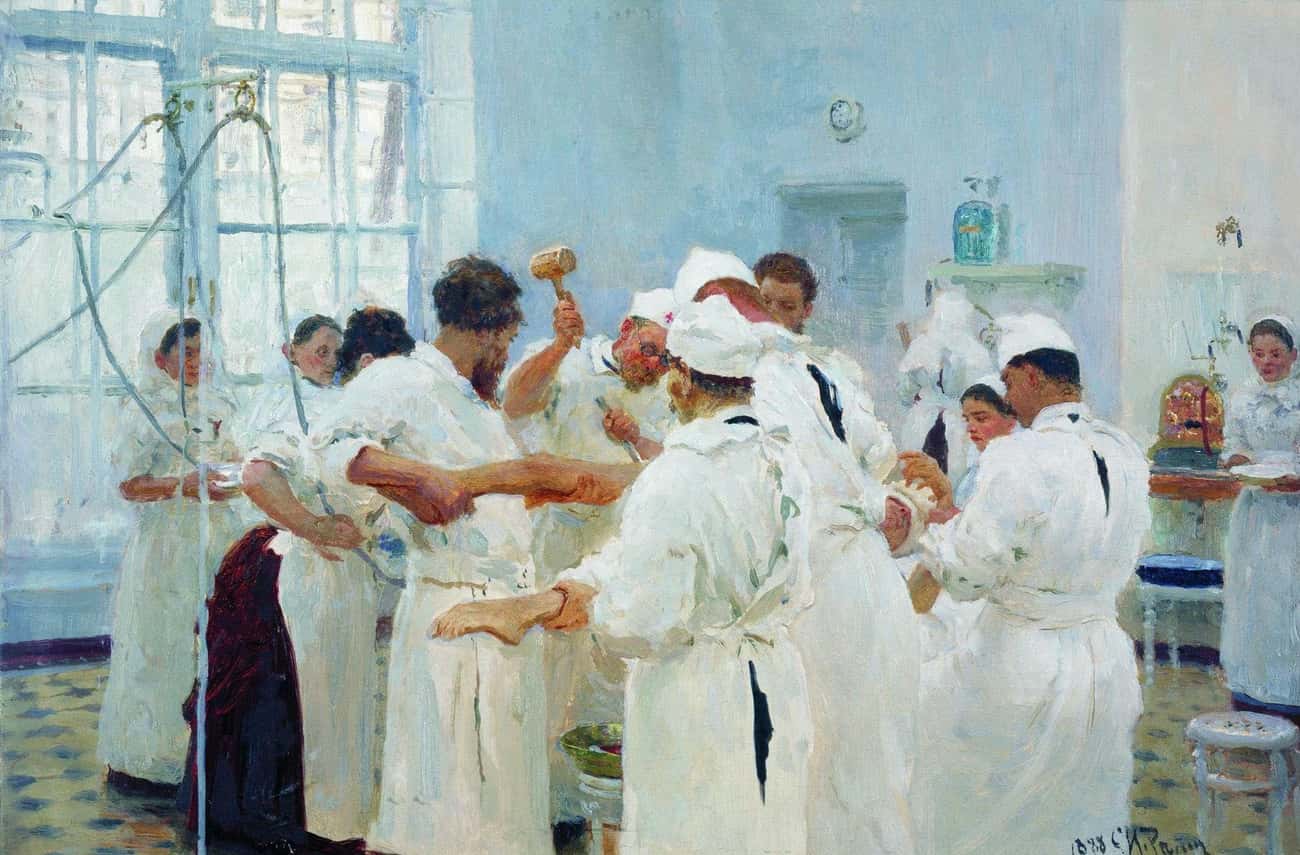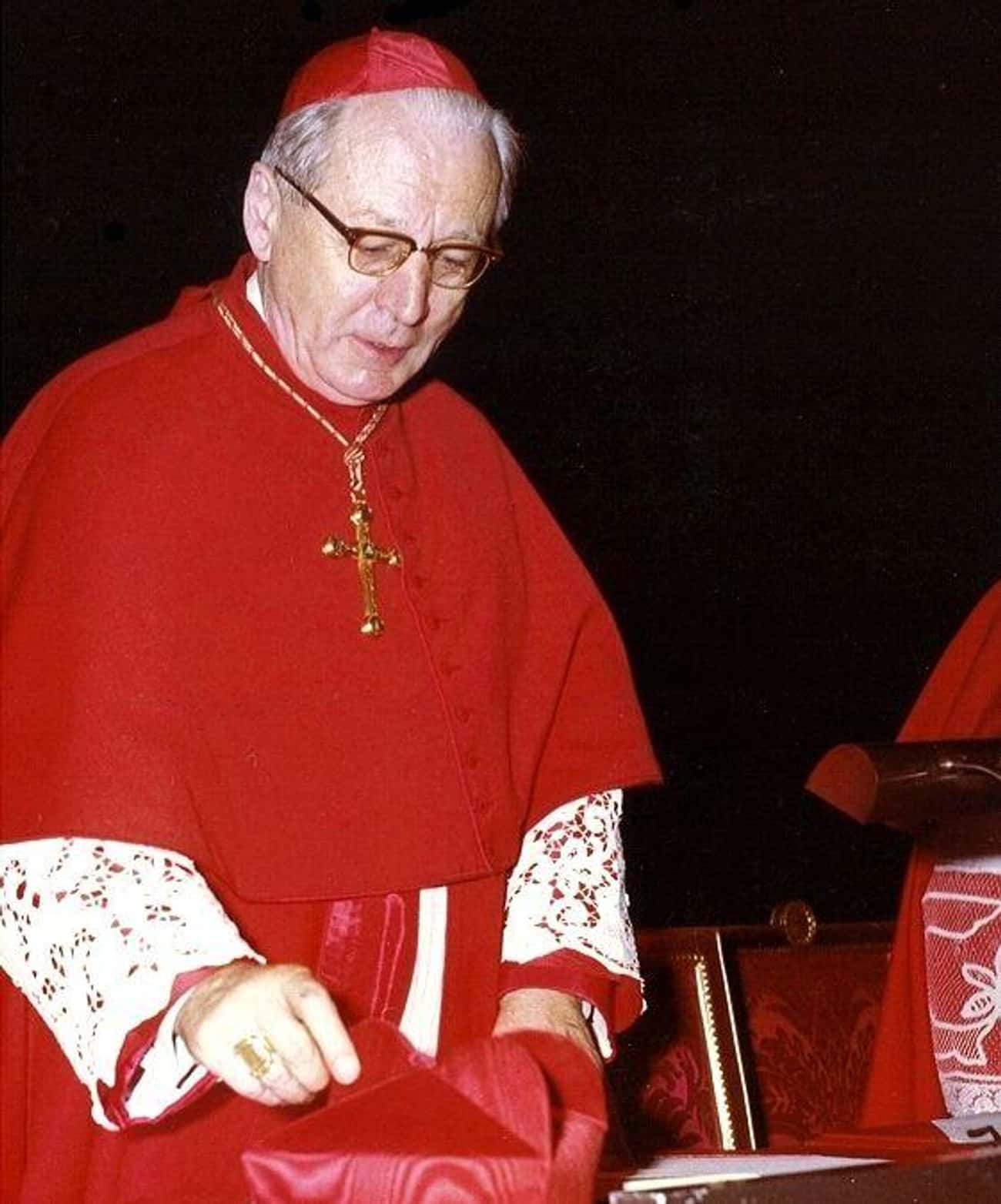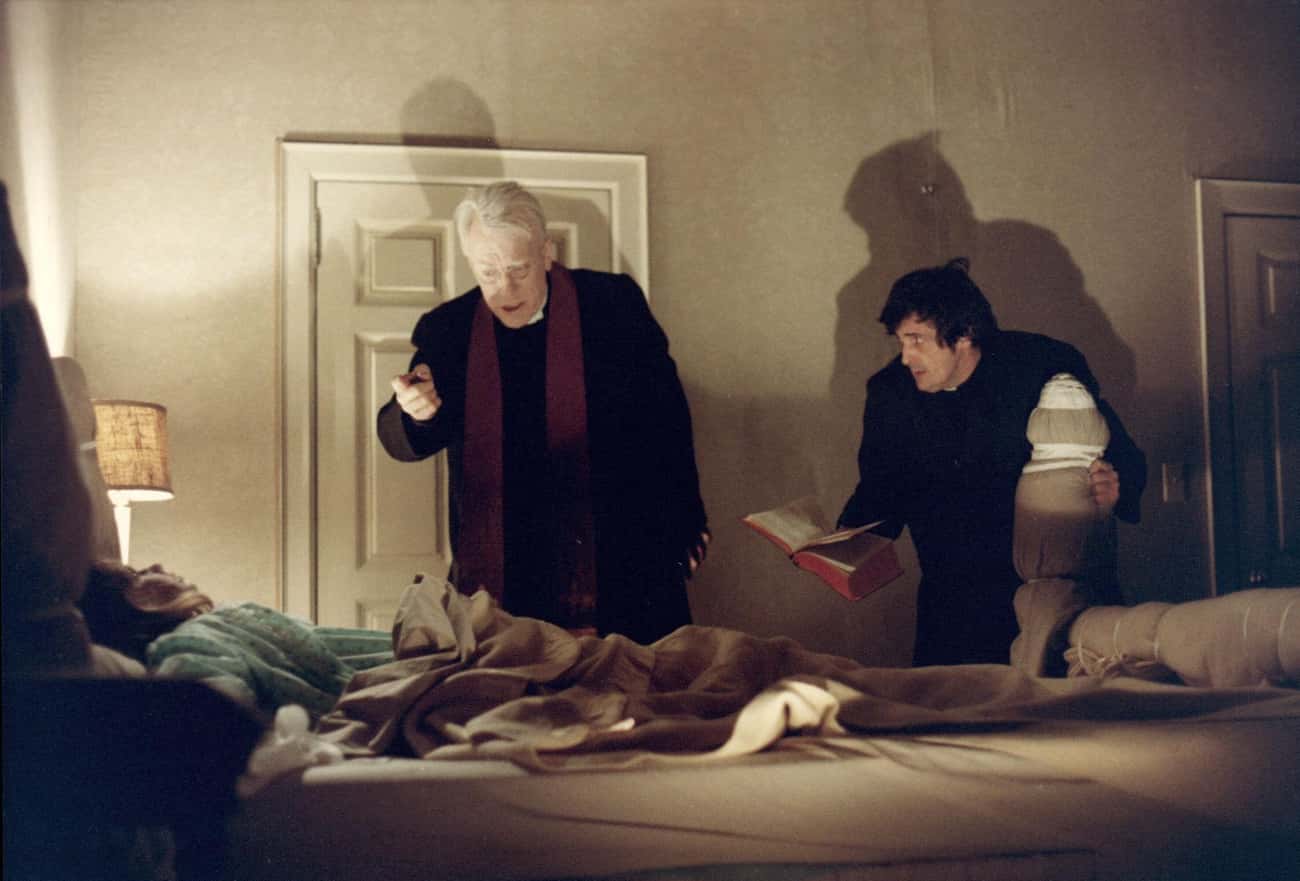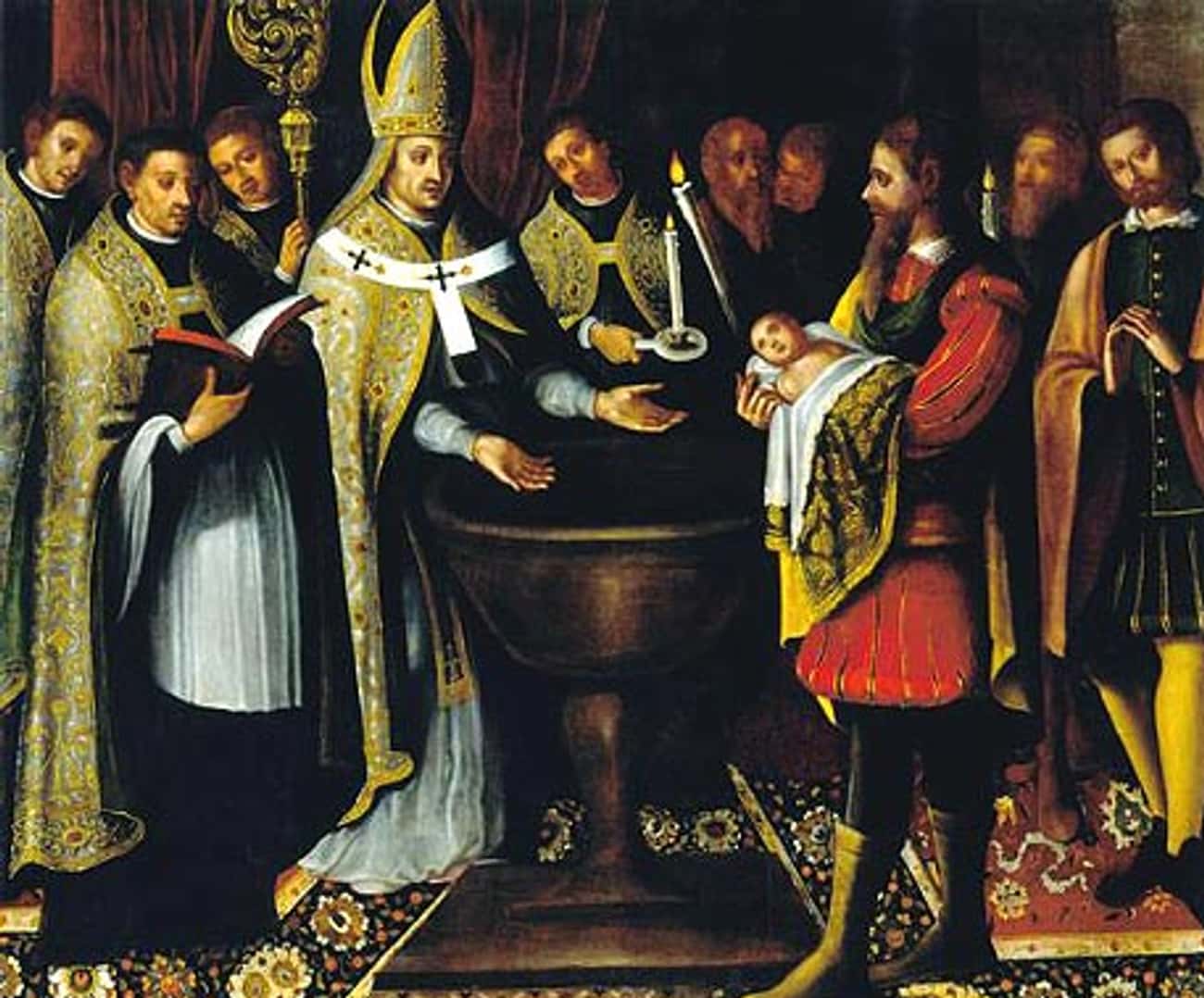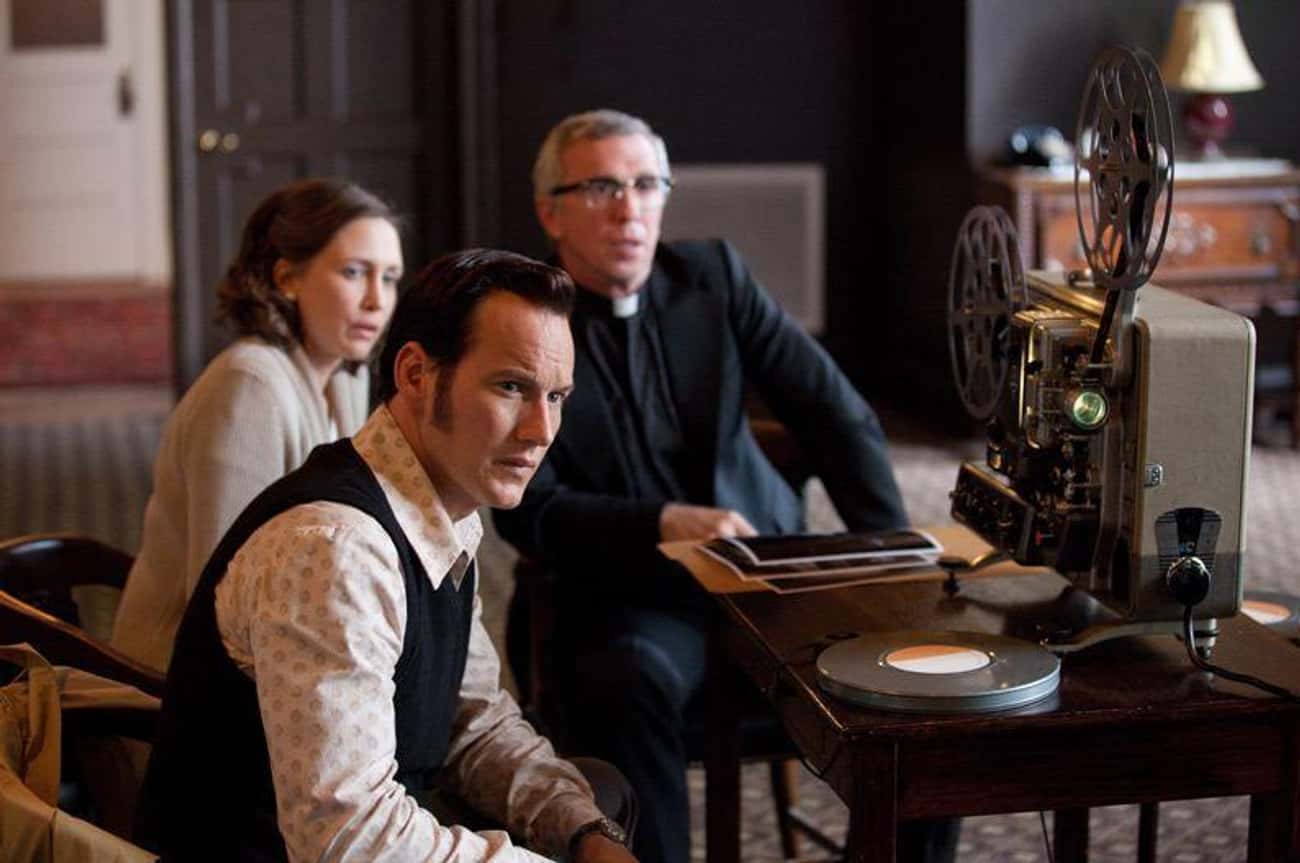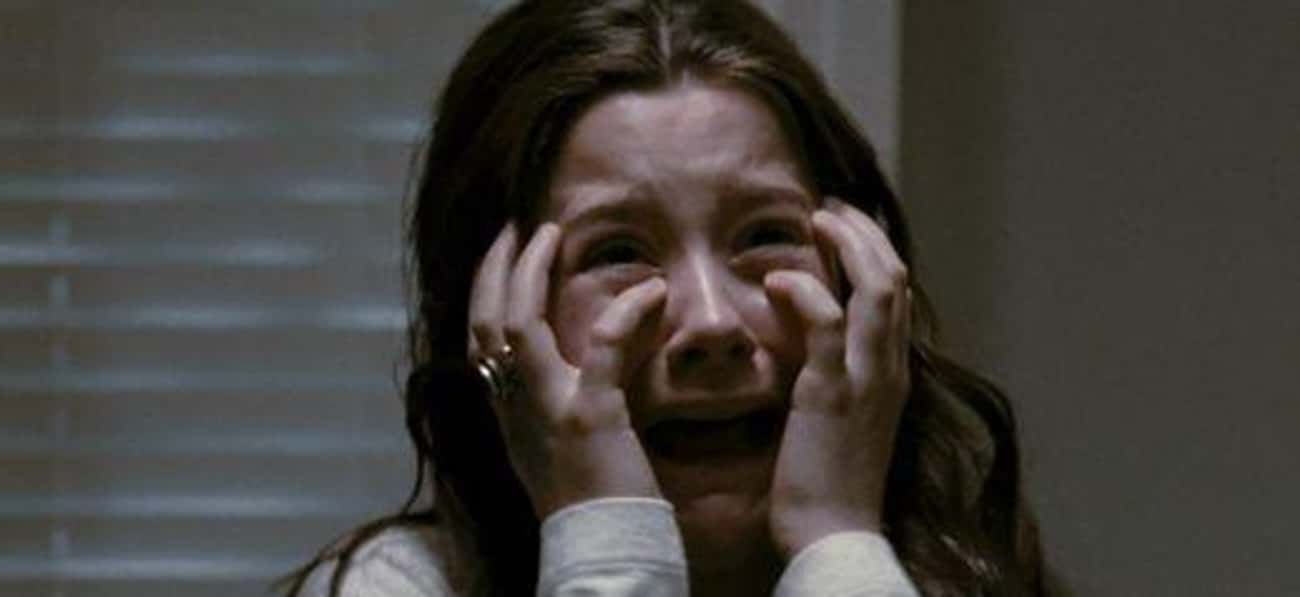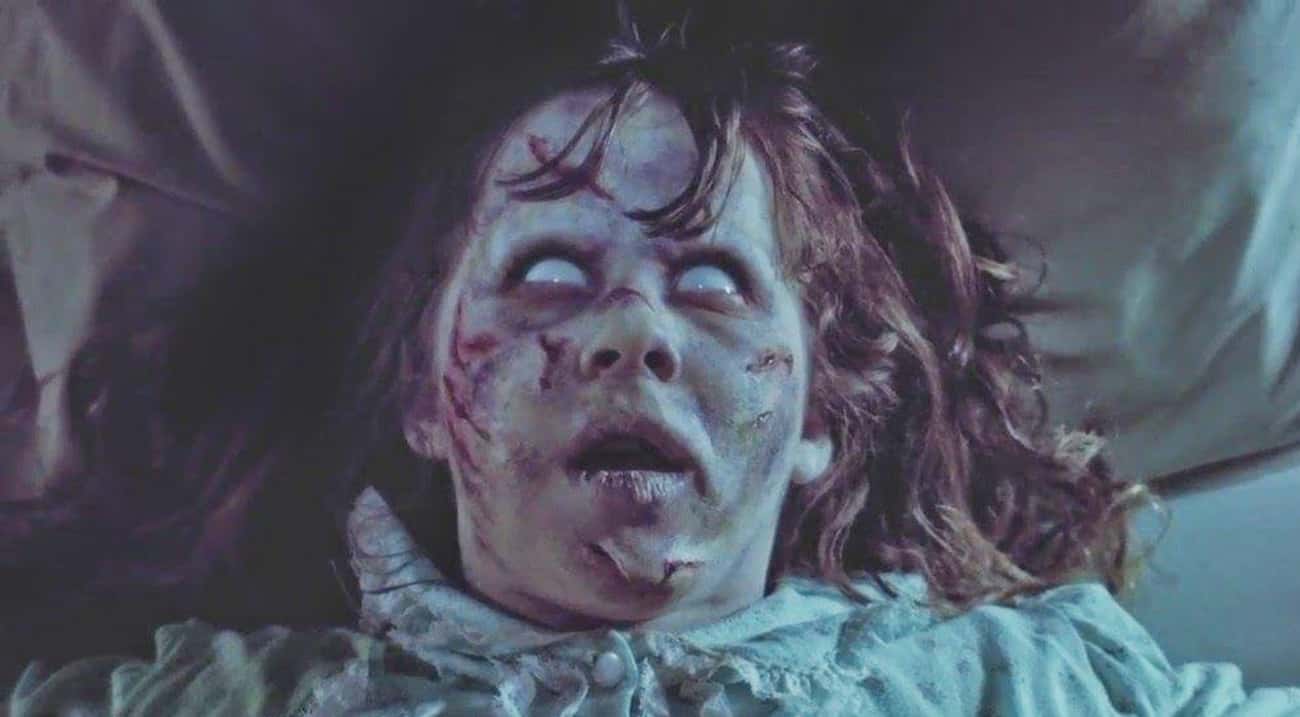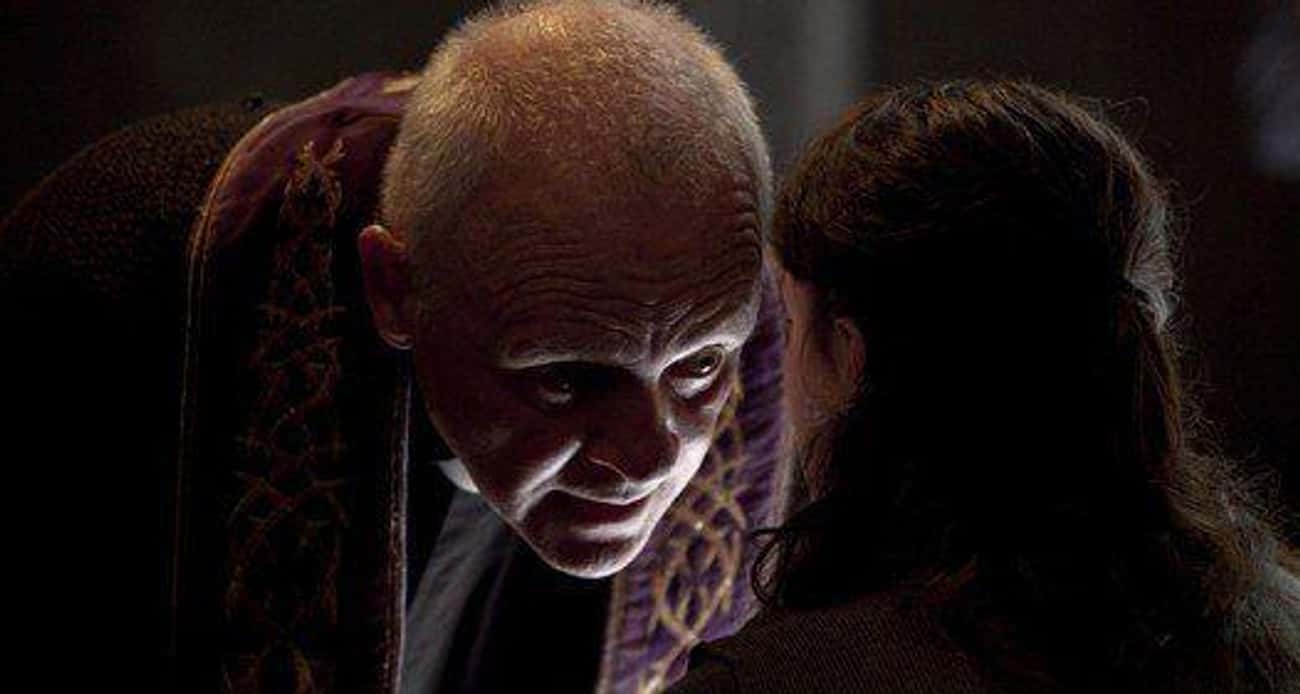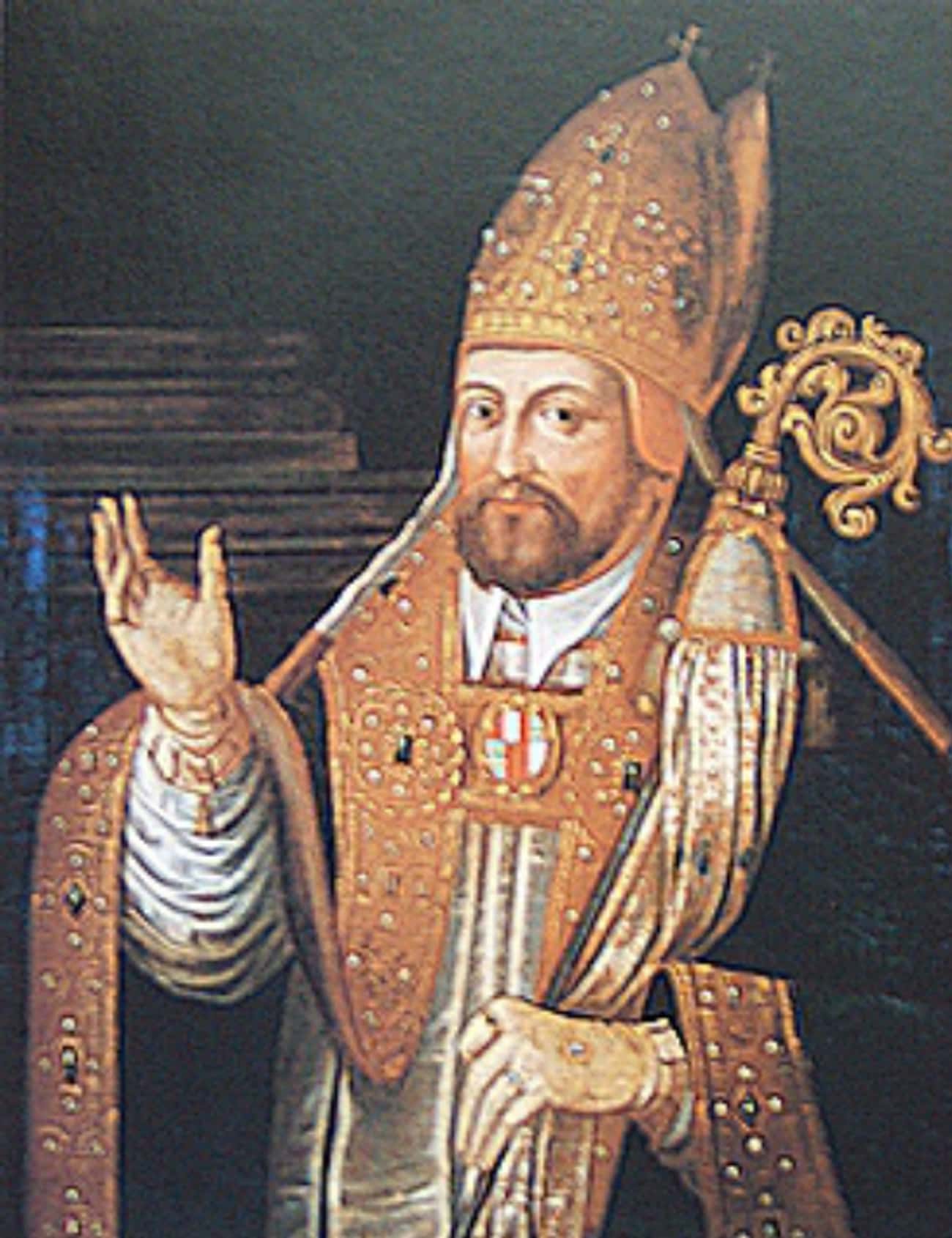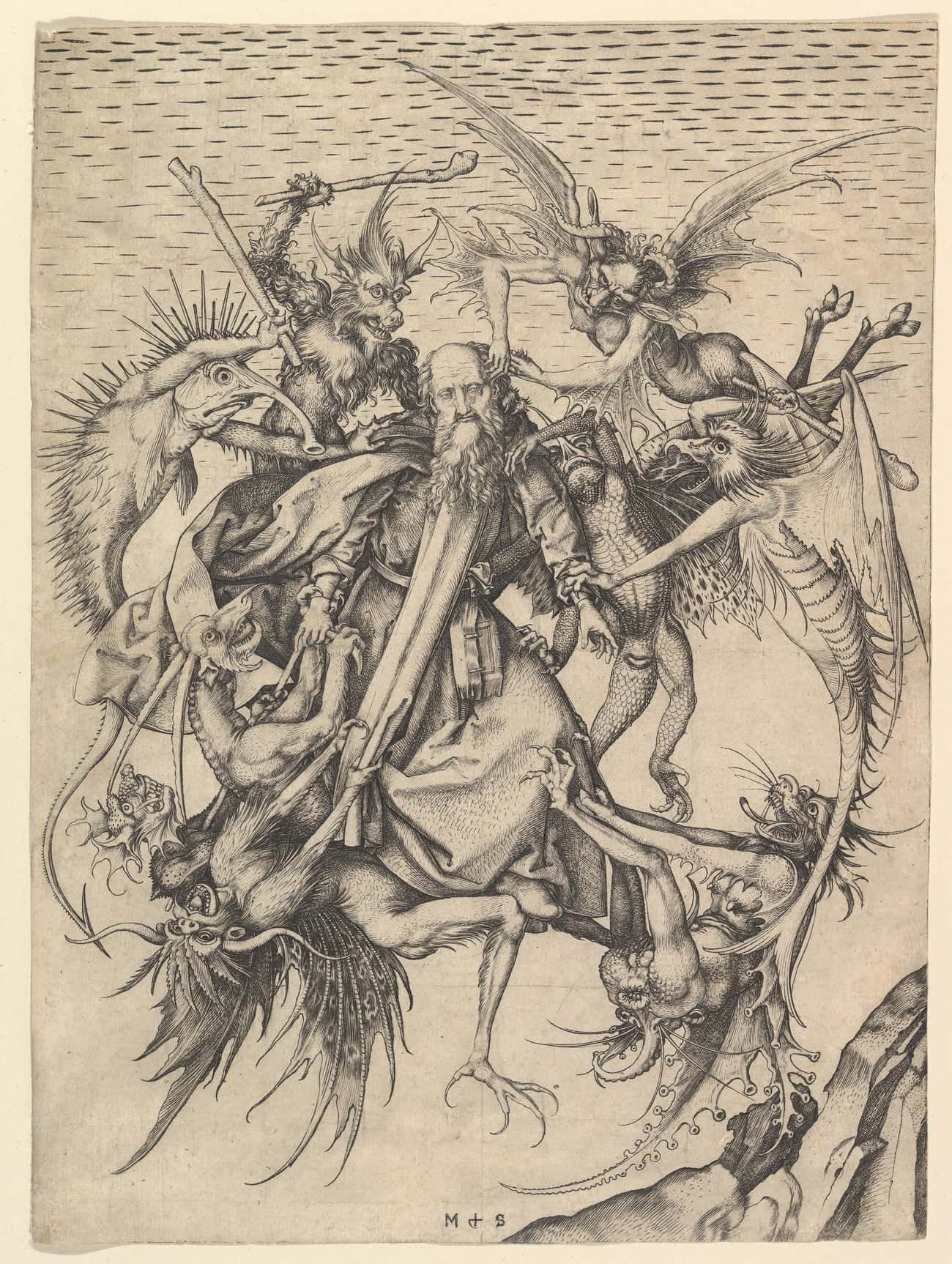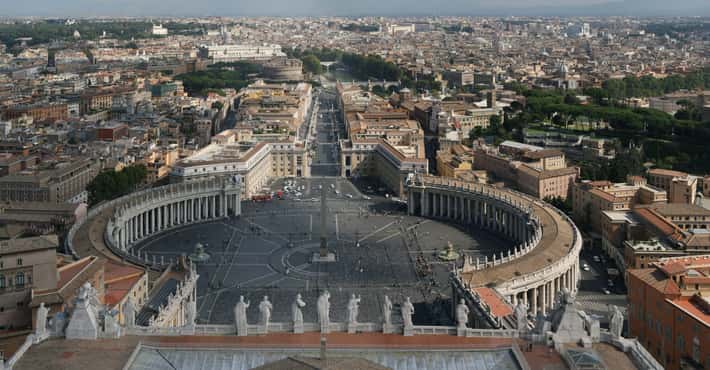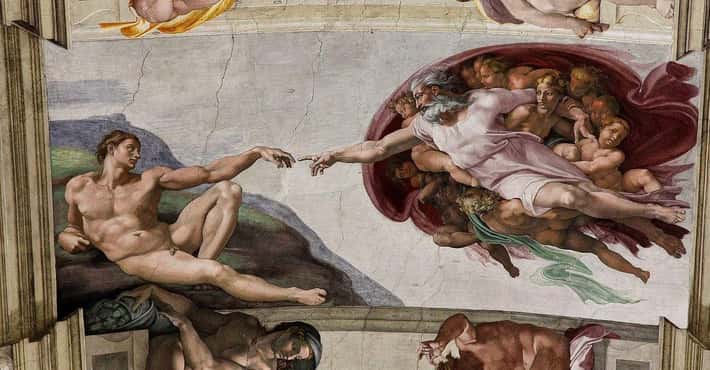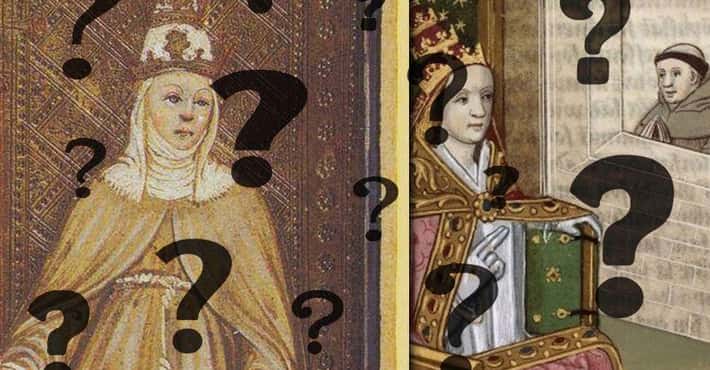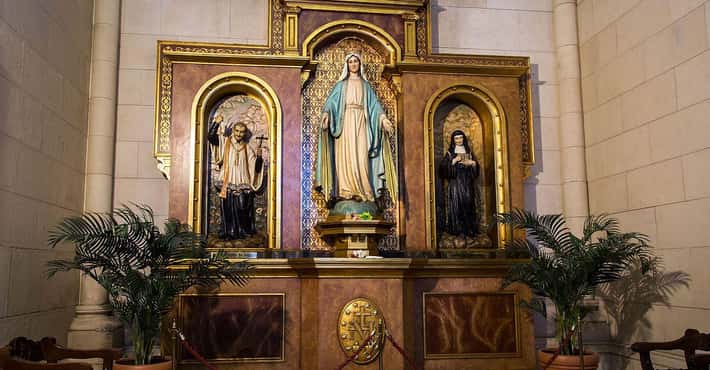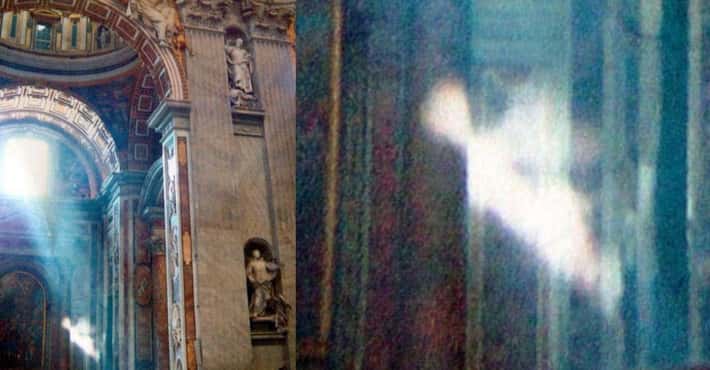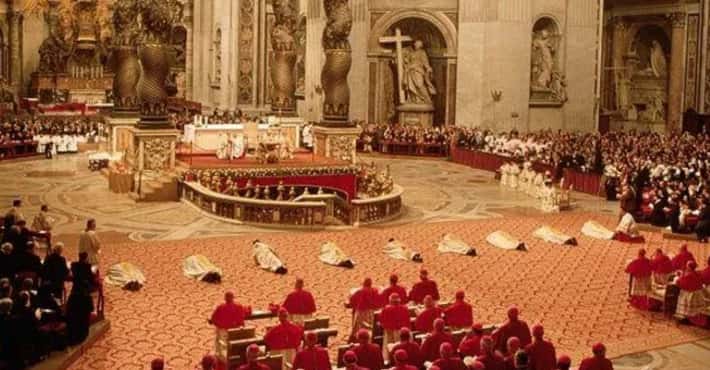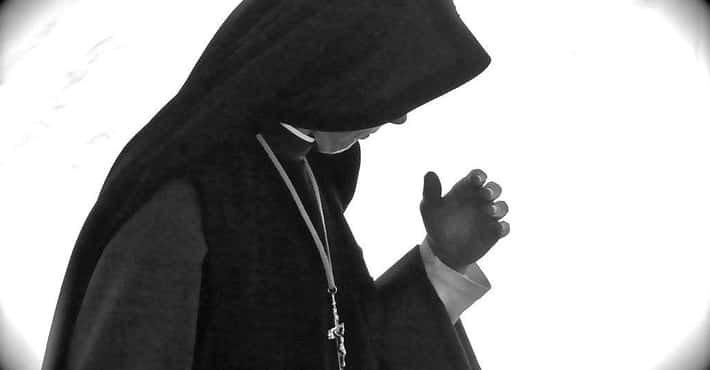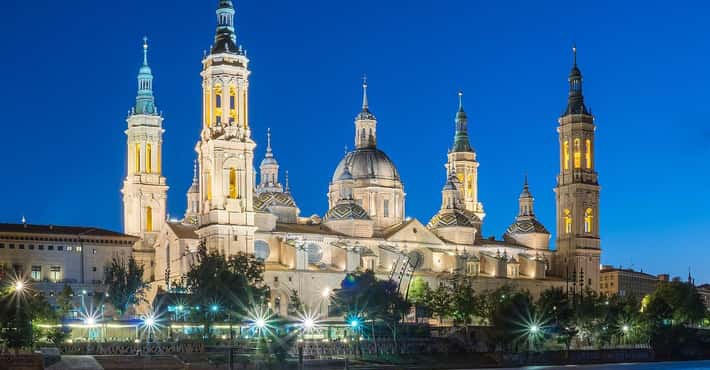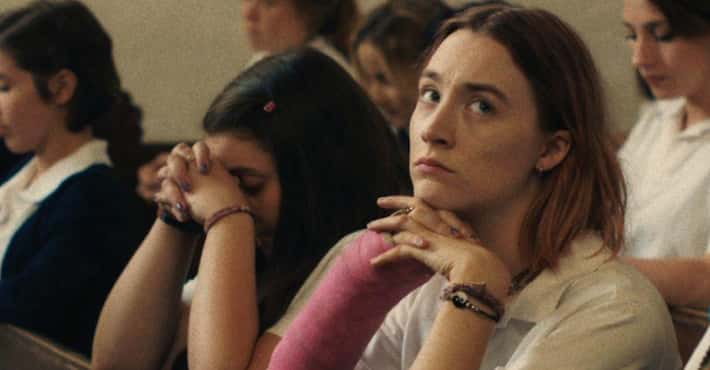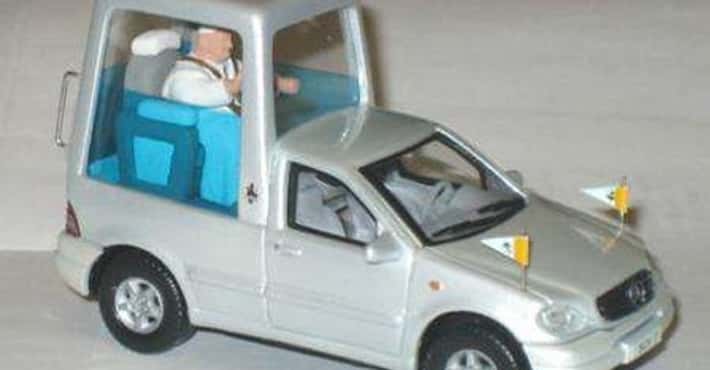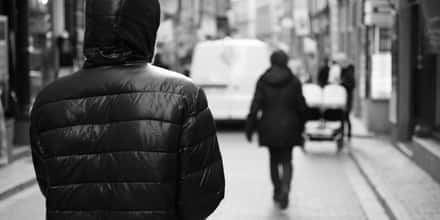This Is How The Vatican Actually Handles And Investigates Matters Of The Paranormal
Miracles Are Overseen By The Congregation for the Causes of Saints
Photo: Moon Man Mike / flickr / CC-BY-NC-ND 2.0The Vatican has an office called the Congregation for the Causes of Saints responsible for investigating paranormal activity (i.e. miracles) involved in an application for sainthood. If proof of a miracle exists, the person who performed the miracle may get beatified. This is one of the first steps of becoming a saint, and is necessary for a miracle to be officially recognized by the Church.
Each case investigated by the Congregation for the Causes of Saints is opened by the bishop in the diocese where the individual under investigation died. Typically, bishops must wait five years before opening a case, though the Vatican can make allowances in exceptional cases, as happened with Mother Teresa. Pope John Paul II permitted investigation into her miracles to begin two hears after her death.
The Congregation For The Causes Of Saints First Evaluates A Person's Life
Photo: United States Navy / Wikimedia / Public DomainThe path to the verification of a miracle isn't easy. The Congregation for the Causes of Saints evaluates whether the person who allegedly performed the miracle is virtuous enough to have performed a miracle before deciding whether a miracle happened. Significant evidence that the individual in question was exceedingly holy, and people have been drawn to prayer through his or her example, must be present. If the Congregation rules a person was indeed a servant of God, the case is passed to the Pope, who can beatify candidates for sainthood.
After Evaluation, The Miracle Must Meet Certain Qualifications
Photo: Evert Odekerken / Wikimedia Commons / CC BY 2.5It takes a bit more than a great moral compass to prove someone performed a miracle. For a miracle to be seriously considered by the Church, it must meet certain requirements. Miracles, such as the miraculous curing of a disease, must be instantaneous or sudden, complete and permanent, and without scientific explanation. For example, you can't have miraculously cured cancer with a flick of the wrist and some good prayers for it to come back five years. All of these qualifications must be proven, and the burden of finding proof falls on a team dedicated to research.
The Consulta Medica Researches The Science Behind Medical Miracles
Photo: Mikhail Nesterov / Wikimedia Commons / Public DomainWith medical miracles, after the Congregation for the Causes of Saints rules a person is virtuous enough to have performed a miracle, the case is turned over to Consulta Medica, a board established by the Vatican in the mid-1900s and made up of 100 renowned Italian, Catholic physicians. A panel of five Consulta Medica doctors review the miracle, examining things such as CT scans, X-rays, and medical reports. If three out of the five agree the actin question wasn't performed by science, but rather the hand of God, it's passed on to a panel of priests and cardinals.
Nearly All Modern Miracles Are Medical In Nature, Which Keeps The Consulta Medica Busy
Photo: Ilya Repin / Tretyakov Gallery, Moscow / Public DomainThe vast majority of modern miracles are medical. According to NPR, "More than 95 percent of the cases cited in support of a canonization, however, involve healing from disease."
Michael O'Neill, the owner of MiracleHunter.com, estimates an even higher percentage than NPR. As he said in an interview with LiveScience, "99.9 percent of [the miracles investigated by the Vatican] are medical miracles. They need to be spontaneous, instantaneous and complete healing. Doctors have to say, 'We don't have any natural explanation of what happened."
Because of this, the Consulta Medica is involved in nearly all miracle investigations.
A Panel Of Priests And Cardinals Search For Evidence Of Healing Prayer When Necessary
Photo: Photographer Unknown / Archepiscopal Archives Utrecht / CC BY 3.0For cases in which a reported medical miracle happened because someone prayed to a saintly candidate after his or her death, the prayers are investigated. If Consulta Medica can't produce a scientific explanation for the alleged miracle, doctors pass the case to a panel of cardinals and priests, who look for evidence of healing prayer. If healing prayer occurred, the panel issues a declaration.
Miraculous healing in response to prayer is seen as proof the potential saint in question is in heaven with God. The Pope can beatify the applicant, if he chooses; this is the final step before canonization (being officially declared a saint). Sainthood applicants usually need two verified miracles to be canonized, unless the individual in question was a martyr. In the case of martyrdom, the pope may simply declare sainthood.
There Are Two Kinds Of Exorcisms
Photo: The Exorcist / Warner BrosIn order to understand how the Vatican investigates and handles exorcism, it's important to know there are two kinds of exorcisms, minor and major. Minor exorcisms don't have anything to do with demonic possession. Major exorcisms are what movies have trained the public to think of upon hearing the word.
Every Catholic Baby Is Exorcised Before Baptism
Photo: Simão Álvares / Wikimedia Commons / Public DomainThis may come as a shock to Catholics who only half paid attention in Sunday school - you were exorcised if you were baptized. Baptism exorcisms are minor exorcism, and focus on protection, not possession (sorry, nothing paranormal here). The reasoning behind baptismal exorcism can be found in The Catechism of the Catholic Church: “Since Baptism signifies liberation from sin and from its instigator the devil, one or more exorcisms are pronounced over the [baptismal] candidate.”
Most Purported Demonic Possessions Aren't Real
Photo: The Conjuring / Warner Bros.According to Father Lampert, an experienced exorcist who spoke to Catholic Online, true demonic possession is exceedingly rare. Only one in 5,000 cases is ruled full demonic possession. Mild encounters with paranormal entities are far more common.
A demonic attachment, for instance, happens when a demon attaches itself to a someone but doesn't take full possession. This can go unnoticed, because the person to whom the demon attaches only feel symptoms (like sickness) when near a holy place. There's no speaking in tongues.
Demonic oppression occurs when the influence of a demon causes the afflicted feels depressed and drained from energy but isn't mentally depressed.
The Vatican First Rules Out Mental Illness When Investigating A Demonic Possession
Photo: The Possession / LionsgateThe Vatican is just as strict about verifying demonic possession as it is about miracles. Every candidate for exorcism is thoroughly researched to prove the existence of demonic possession. In 1999, the Vatican revised guidelines for determining whether a person is demonically possessed or mentally ill. Now, priests are required to consult mental health professionals before performing exorcisms.
Priests Look For Symptoms Of Genuine Possession If Doctors Rule Out Mental Illness
Photo: The Exorcist / Warner BrosIf doctors rule out mental illness in cases of potential possession, priests look for specific symptoms of demonic possession before performing an exorcism. These symptoms include speaking in foreign tongues previously unknown to purported victim of possession and superhuman strength.
Speaking in foreign tongues can sometimes be attributed to Foreign Accent Syndrome, though it's an incredibly rare condition. According to the Catholic Church, those who are demonically possessed may also have knowledge of things they shouldn't know, such as personal information about priests or professionals looking into their possession.
Priests Are Taught To Weed Out Real Demonic Possessions By Analyzing Patient Reactions
Photo: The Rite / Warner Bros.According to Father Cipriano de Meo, a priest who has been an exorcist since 1952, most people who believe they're possessed are struggling with a completely different phenomena. Truly possessed individuals can be separated from the pack by their response to prolonged prayer sessions.
“A possessed person has various general attitudes towards an exorcist, who is seen by the Adversary as an enemy ready to fight him.” He told Catholic News Agency. "There's no lack of frightening facial expressions, threatening words or gestures and other things, but especially blasphemies against God and Our Lady.”
Bishops Must Approve An Exorcism Before Priests Can Proceed
Photo: Johann Otto von Gemmingen / Wikimedia Commons / Public DomainOnly the bishop of the diocese in which demonic possession takes place can grant a priest permission to perform an exorcism. The bishop examines the medical information provided, along with the symptoms of the afflicted. If the bishop believes the person is truly possessed rather than mentally ill, he will grant permission to a priest to perform an exorcism. A bishop can only appoint a priest who is specifically known for his holiness (i.e. he must holier and wiser than a regular priest). Some training doesn't hurt either.
Exorcists Are Typically Highly Trained Specialists
Photo: Martin Schongauer / Wikipedia / Public DomainThe Vatican requires exorcists to be highly trained, because demonic possession is easy to fake and hard to ascertain as true. Certain priests have exploited alleged victims of possession. In other cases, unrecognized mental illnesses were mistaken for demonic possession, exacerbating the problem by keeping the victim away from medical assistance.
Priests who become exorcists go through an apprentice-like process by which they work under an experienced exorcist. These experienced exorcists are granted permission to teach by bishops. Yes, there's such a thin as an exorcism workshop.



